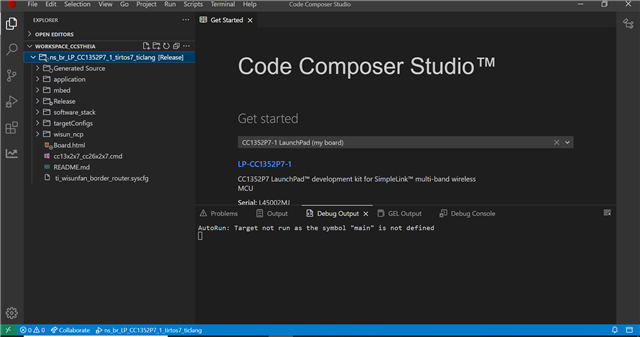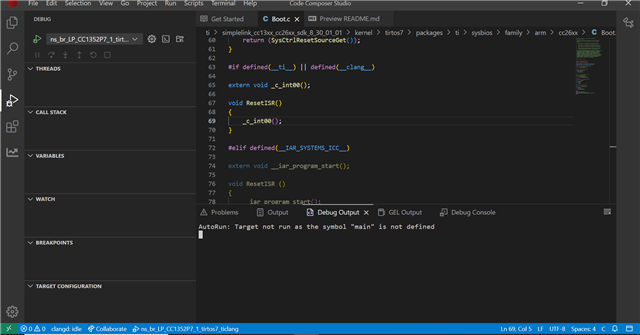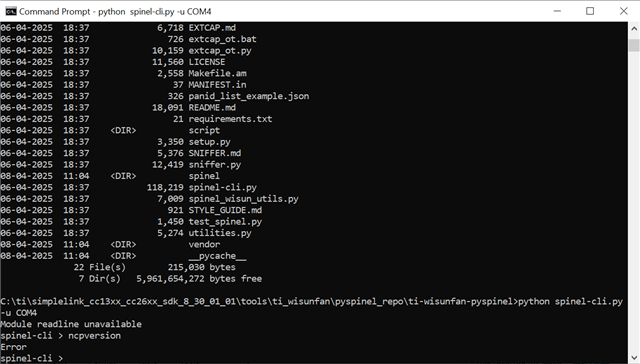Other Parts Discussed in Thread: SYSCONFIG, CC1354P10
Tool/software:
Hi,
I want to evaluate CC1352P7 for an IoT application using Wi-SUN.
Goal is to control and monitor nodes from a remote cloud app. Range and reliable connectivity (for real time control and monitor) are important for us.
The Wi-SUN nodes are expected to connect to a Wi-SUN gateway in a star topology ( no mesh).
1. How much time does a node take to connect with gateway?
2. If the connection time is in the order of minutes, why is it so high and how can we optimise it? Ideally, I would want it to be few seconds.
2. What is the maximum range under line of sight conditions?
Thanks





